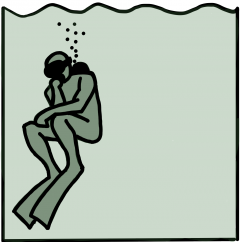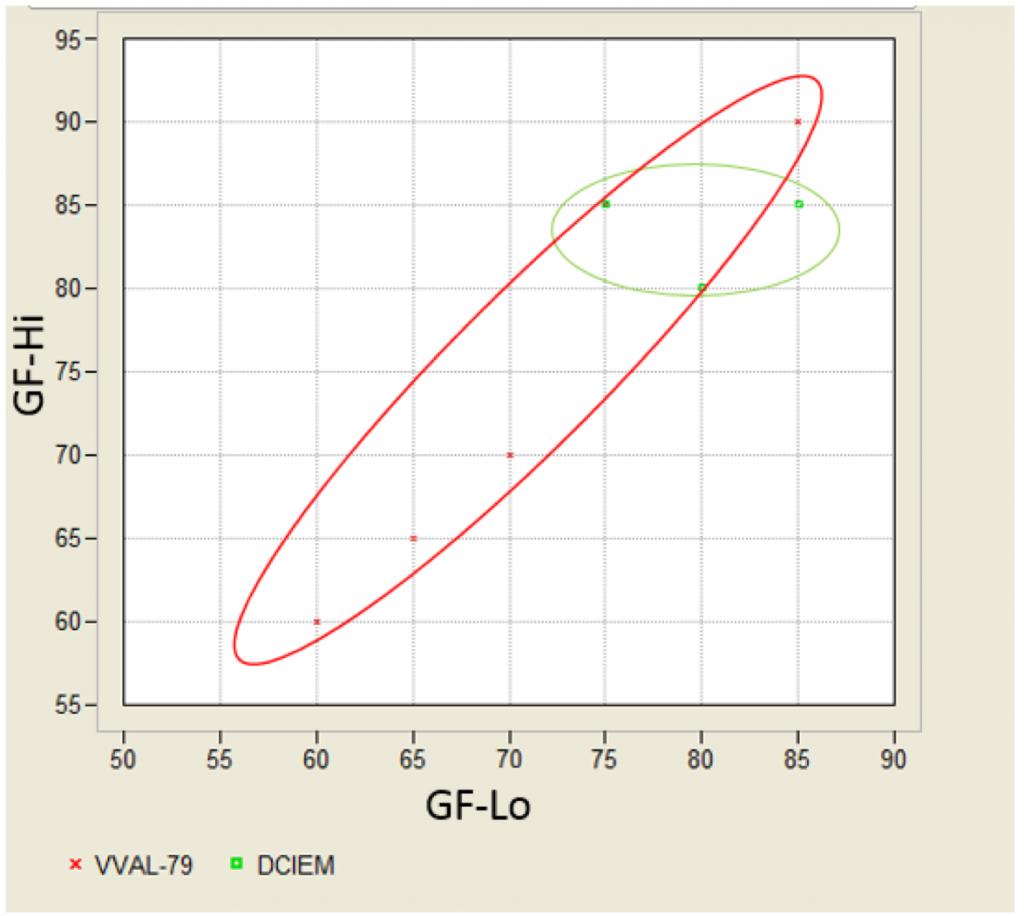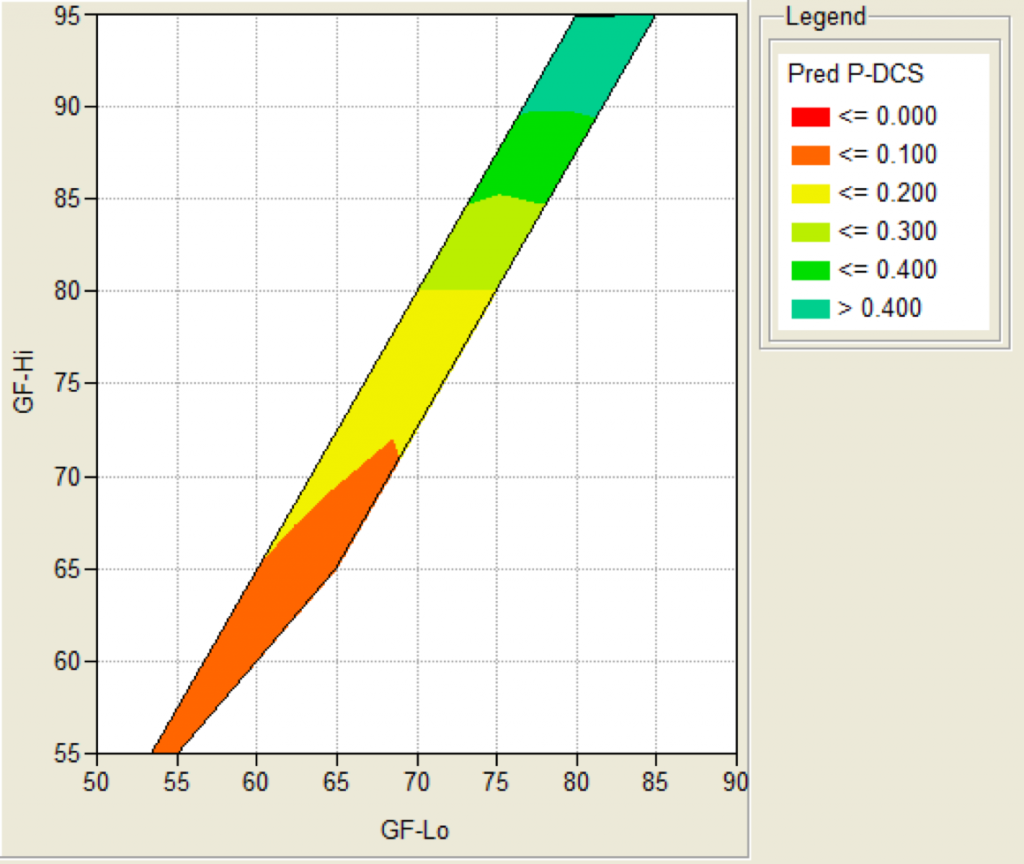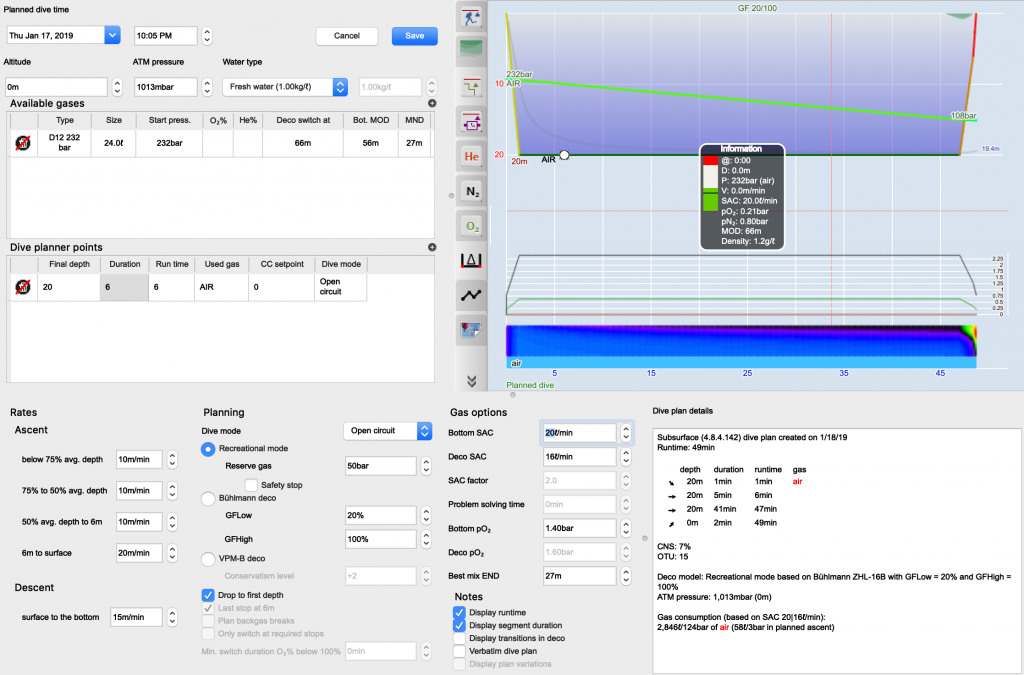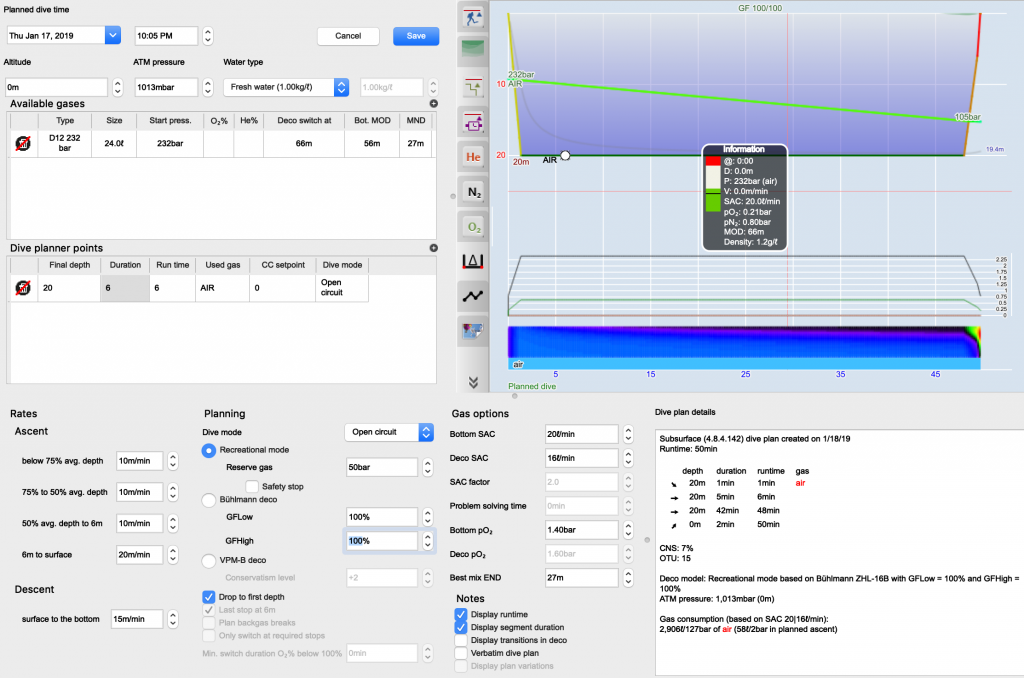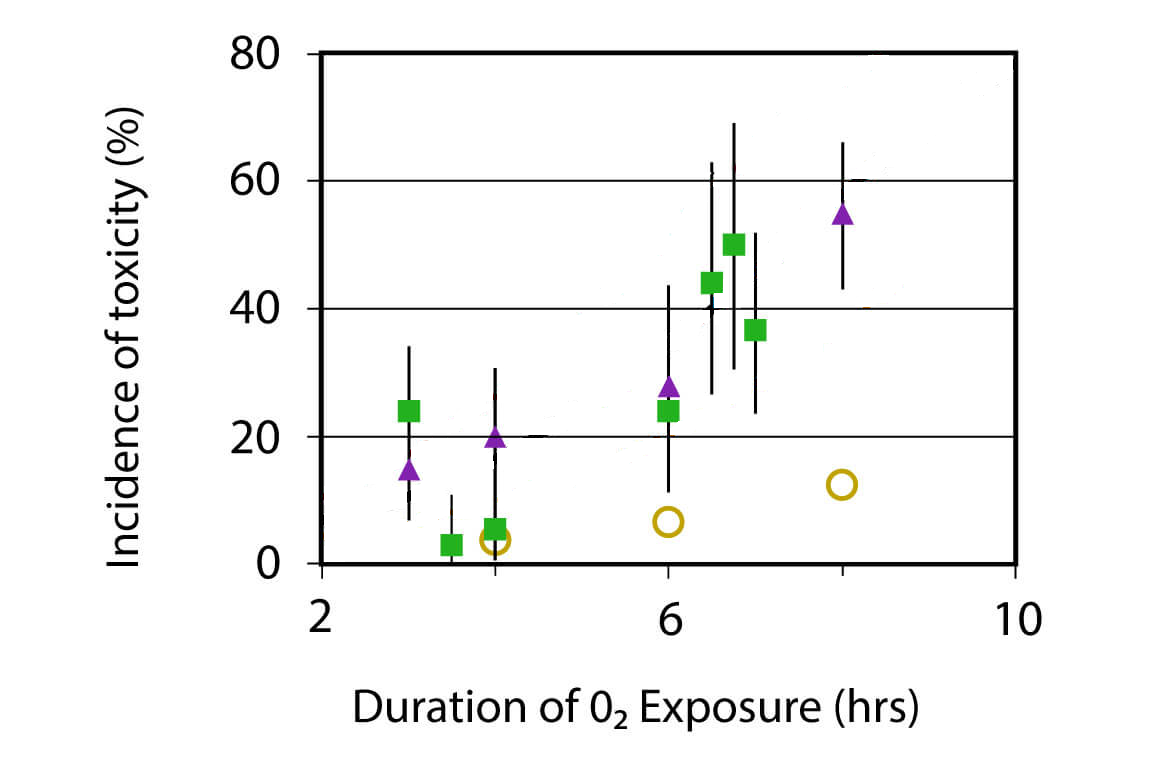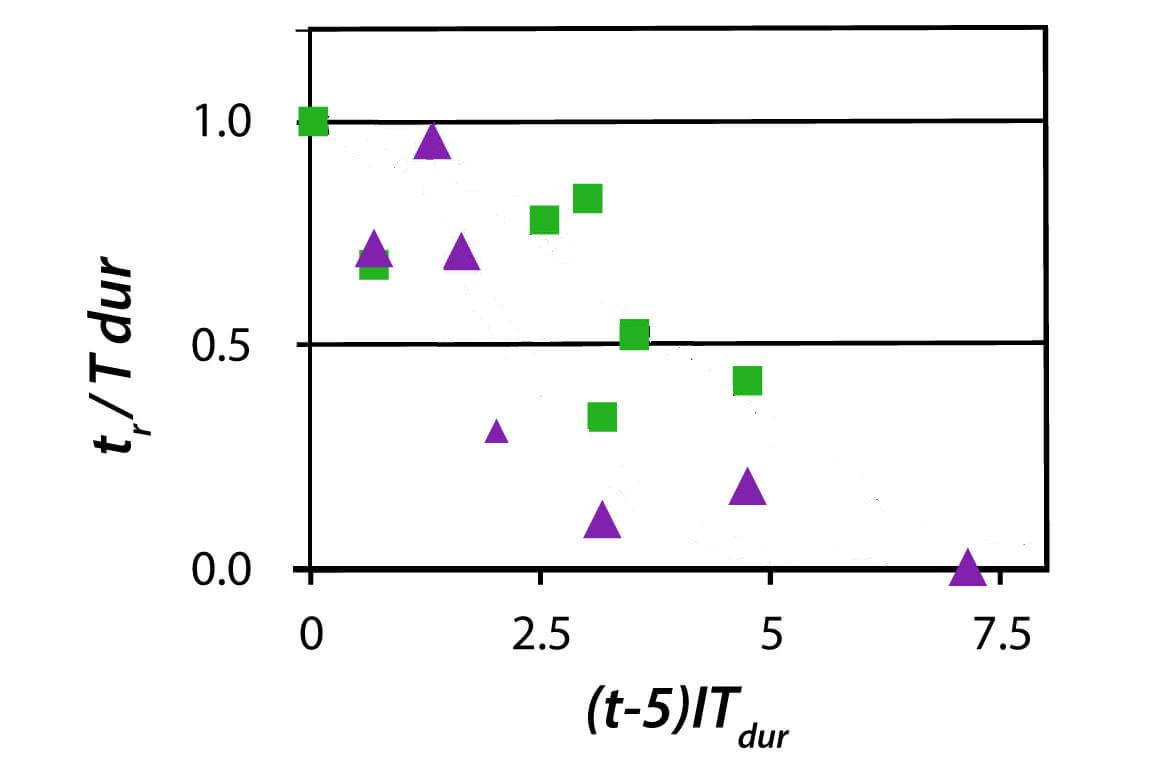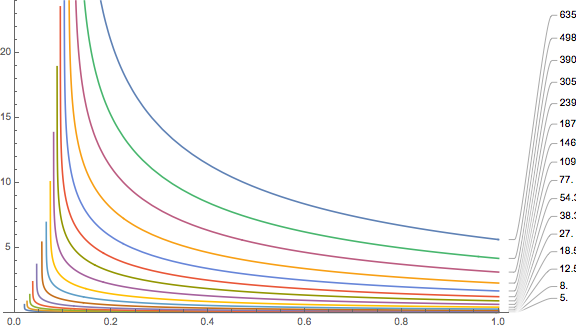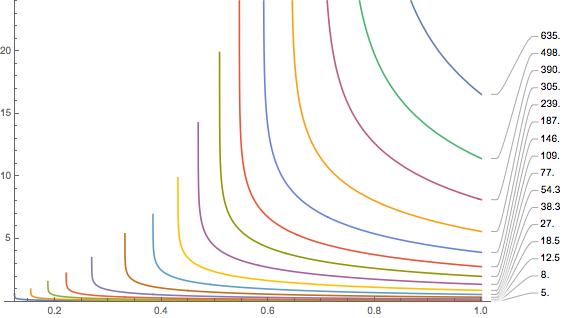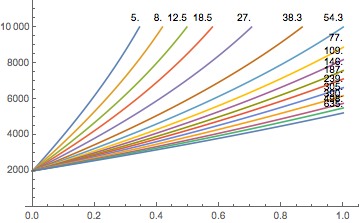Over at GUE’s InDepth blog, Jarrod Jablonski has published a first post in an upcoming series on past and future of decompression protocols. A definite must-read, not only because it’s one of the leaders of the industry laying out his point of view.
The part I find most interesting for future developments is the research into exercise about before diving to reduce the number of micro bubbles from the blood and the idea to even to replace that with giving nitric oxide (NO) or substances that lead to the release of NO (like Viagra) prior to diving could cut short decompression times. This is probably far too early to know but I remember recently seeing a report of a cave dive on Facebook that mentioned some medicine was taken before the dive to shorten decompression without giving any details. Unfortunately, I cannot find the link anymore, maybe one of my readers can supply it.
But I think this would be the right time to think through a possible scenario: Assume research shows that there is a substance X that divers can take before big dives that would significantly shorten decompression while still maintaining the same level of safety. But substance X has long term side effects (NO has a toxic dose and is chemically related to NO2 which is a the heart of the Diesel engine scandal). Would we then see this as the diver’s analogue of doping? Could this lead to a situation similar to body building and steroids? There would be a general advice not to use such substances because of their side effects but maybe at that time, for the next big dives, decompression obligations would be so big that explorers could justify the short term benefits over the long term risks. But for every explorer there are orders of magnitude more followers who are going to imitate their heroes and thus would also start using such drugs although in their case there is no good justification. Just because they want to do everything like the people they look up to (not that would happen anywhere in the tech diving community…).
I would say now would be a good time to come up with an opinion on how such a situation were to be handled, what are the limits of what one could and should ethically do. Of course, everything would have to be adjusted once the actual thing with all details are known. But it wouldn’t hurt to come up with a basic opinion whilst all this is still theoretical.
Note: I originally meant this to be a comment under the InDepth blog post but I did not manage to create and account there that would allow me to post it. Does anybody know how (i.e. where) I could do that?
Update: The InDepth website now allows me to post.
